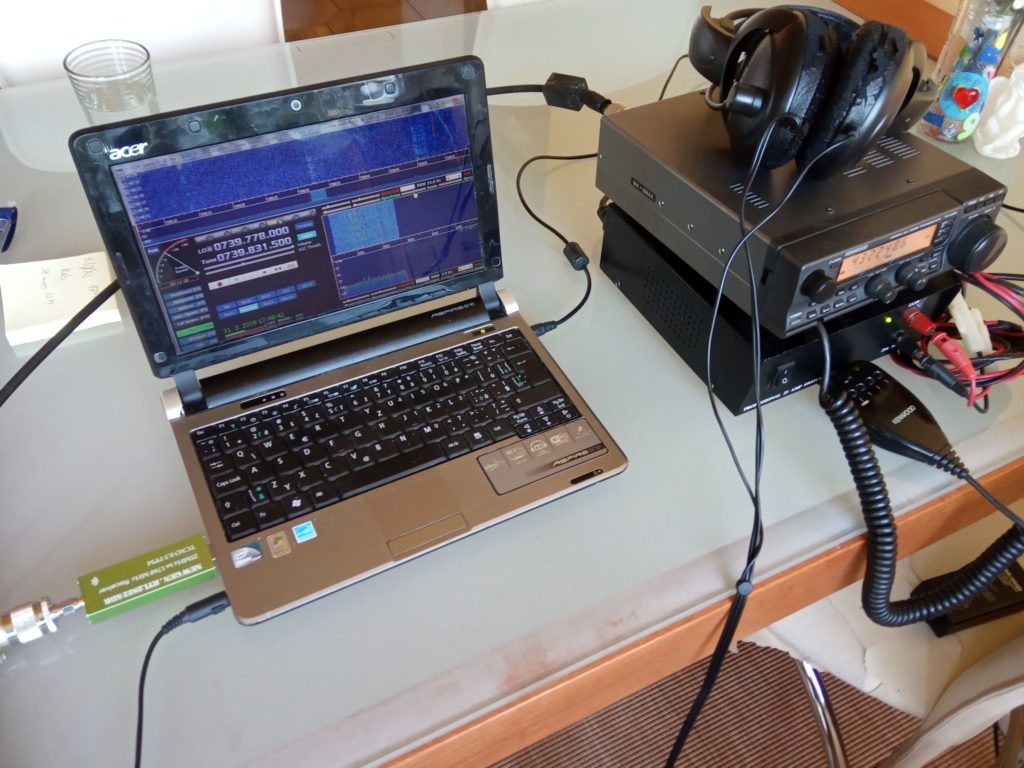Pätnásty november je narodeninovým dňom pre dva satelity, ktoré sú míľnikmi rádioamatérskej satelitnej činnosti. Pred 46 rokmi, 15.novembra 1974 bol z Vandenberg-u vyslaný na svoju päť vesmírom satelit AO-7. Teraz už 46-ročný satelit je tu stále s nami (aj keď sa zdalo, že nejaký čas je mimo prevádzky) a denne cez jeho transpondér komunikujú rádioamatéri.
AO-7 môže pracovať v troch módoch
A: lineárny neinvertujúci
Uplink: 145,850 – 145,950 MHz
Downlink: 29,400 – 29,500 MHz
Maják: 29,502 MHz
Výkon: 1,3W PEP
B, C: lineárny invertujúci
Uplink: 432,125 – 432,175 MHz
Downlink: 145,975 – 145,925 MHz
Maják: 145,975 MHz
Výkon: 8W PEP (B) a 2,5W PEP (C)
Mód A spoznáte podľa aktívneho majáka na 29,502MHz. Ten vysiela okrem telemetrických údajov aj identifikačnú skupinu písmen “HI HI”. Staníc po odmlke RS12/13 pracujúcich 145/29 nie je veľa, počas víkendov ale je možné najmä okolo 29,450 počuť SSB aj CW výzvy rôznych staníc.
Moderný Es’hail 2 / QO-100 satelit
Druhým satelitom, ku ktorému sa viaže dátum 15.november je Es’hail 2 / QO-100. Je však výrazne mladší, na obežnú dráhu bol vynesený z Kennedyho vesmírneho centra v daný deň roku 2018.
Tento satelit umožnil mnohým rádioamatérom zoznámenie sa s vyššími frekvenciami (uplink je na 2,4 GHz a downlink na 10 GHz). Mnohí rádioamatéri používajú home made ožarovače, transvertory či konvertory a zaujímajú sa napríklad o javy ako sú útlm šírenia signálu pri určitom počasí (dážď, hmla). Dostupnejšou sa stala aj meracia technika na tieto pásma, napríklad NanoVNA či analyzátor D6.
Všetko najlepšie, AO-7 a QO-100!
